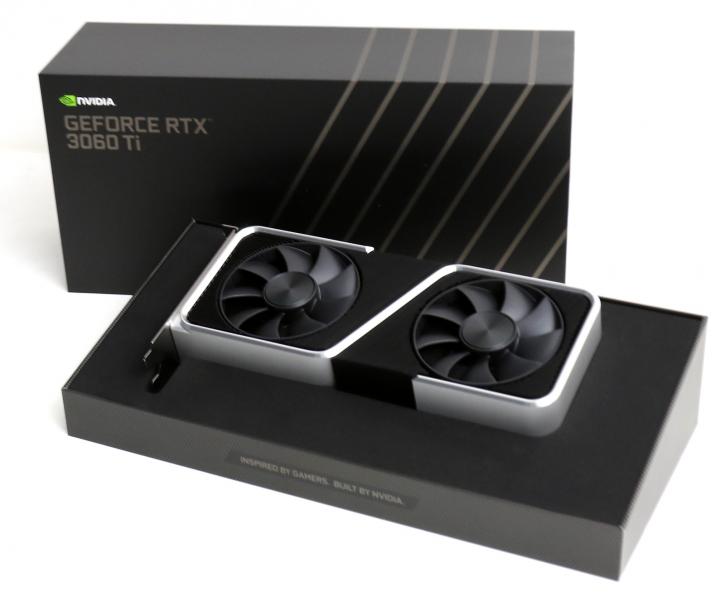Introduction
GeForce RTX 3060 Ti FE (Founder edition) review
It's been a busy month alright. Don't worry, as we'll happily slave away to bring you the info you need to base your purchasing decision on. We're back to NVIDIA, which released the somewhat more mainstream segmented GeForce RTX 3060 Ti. The card might hit a sweet spot for up-to WQHD gamers that need a bit more power at a somewhat attractive price. This card operates at and above a GeForce RTX 2080 SUPER performance range, and armed with 8GB GDDR6 its might but just what the gaming community needs.
Armed with a shader core count of 4864 units, this card is paired with 8 GB of GDDR6 graphics memory running 14 Gbps. Much has been said, rumored, and spoken about this card, as with that sexy shading core count, it is bound to be a bit of a beast in that sub-400 EUR/USD price range. This product will sit at GeForce RTX 2080 (SUPER) performance levels and, in due time, will be its replacement.
September 2020, NVIDIA declared its initial Ampere graphics cards in its inaugural launch wave. A week before announcements, specifications of the GeForce RTX 3060 Ti, 3070, 3080, and 3090 took a twist; the shader core count mysteriously doubled up from what everybody expected. The GPUs are fabricated on an 8nm node derived from Samsung. This process further develops Samsung's 10nm process; no EUV is applied in production just yet. The first wave of announcements would see the GeForce RTX 3080 and 3090 being released first, and, as a bit of a surprise, the GeForce RTX 3060 Ti and 3070 would be arriving in roughly the same timeframe as well. The initial launch of Ampere for consumers entails the GeForce RTX 3060 Ti 8GB, 3070 8GB GDDR6, RTX 3080 10GB GDDR6X, and what we test today, the 24GB GDDR6X based premium flagship, the mighty mo, the GeForce RTX 3090. The lineup nearly doubles ray-tracing performance with Gen2 ray-tracing cores and 3rd iteration Tensor cores. These cards will all be PCIe 4.0 interface compatible and offer HDMI 2.1 and DisplayPort 1.4a, but most importantly is that exorbitant Shader processor count (referred to as CUDA cores by NVIDIA), passing the 10K marker for the flagship product, nobody... not even us, saw that one coming.
With just over half the shader processor count seen from the flagship product, we now meet the NVIDIA GA104 GPU again, initially, it was to be used solely in the GeForce RTX 3070 graphics cards but when rumors emerged that team red would offer a good product sies, all of the sudden the word was out a GeForce RTX 3060 Ti. And despite being a lower segmented card, it still holds a sizable GPU die; the 3070's GA104 GPU is firing up over 17 billion transistors with 4864 active shader cores. To compare, a GeForce RTX 3080 is listed at 8,704 Shader cores, and the GeForce RTX 3090 (GA102) has 10496 Shader cores. In this review, we'll check out the Founder edition aka FE GeForce RTX 3060 Ti, paired with 8GB of GDDR6 graphics memory. A product that runs a boost clock of 1665 MHz and enough power under the hood that makes you smirk.


